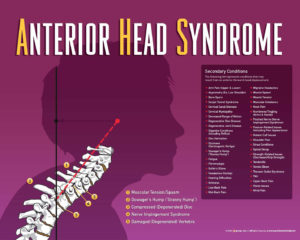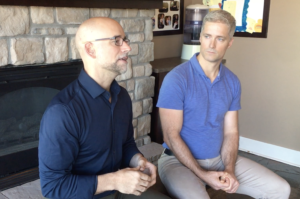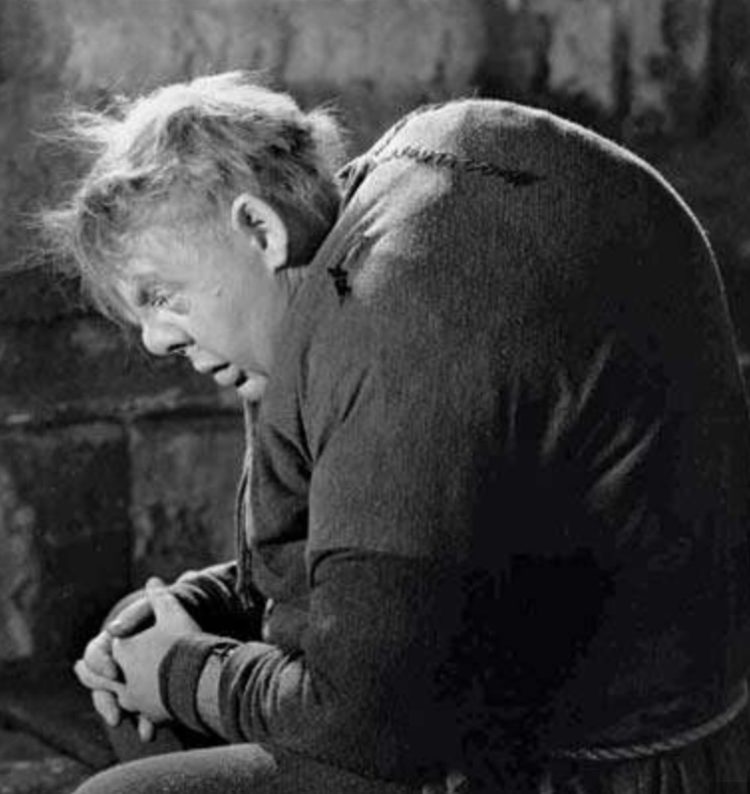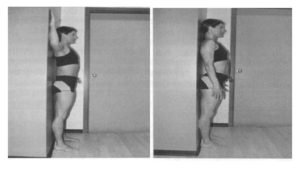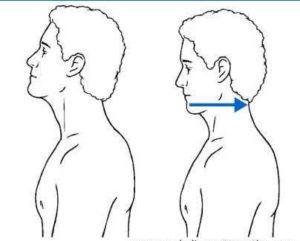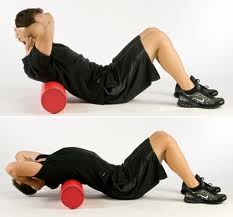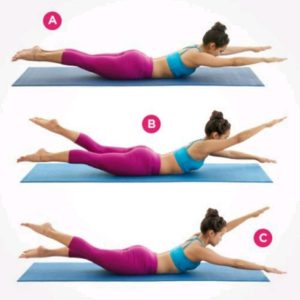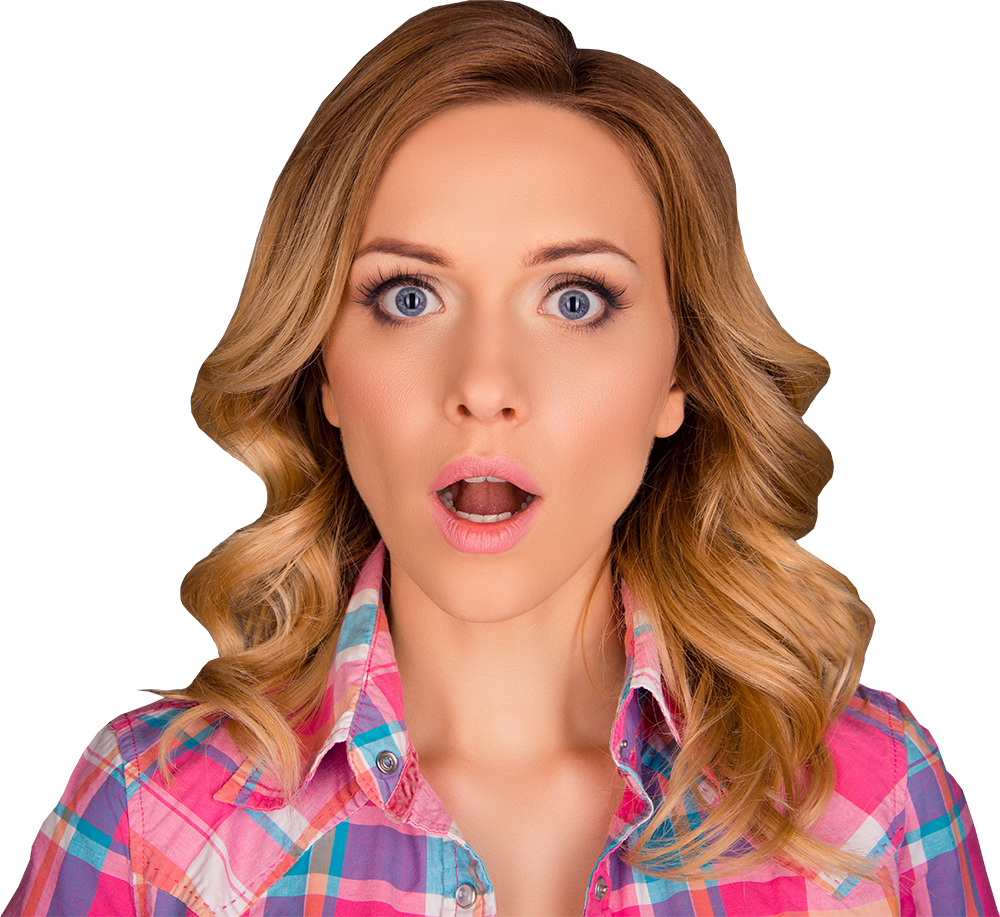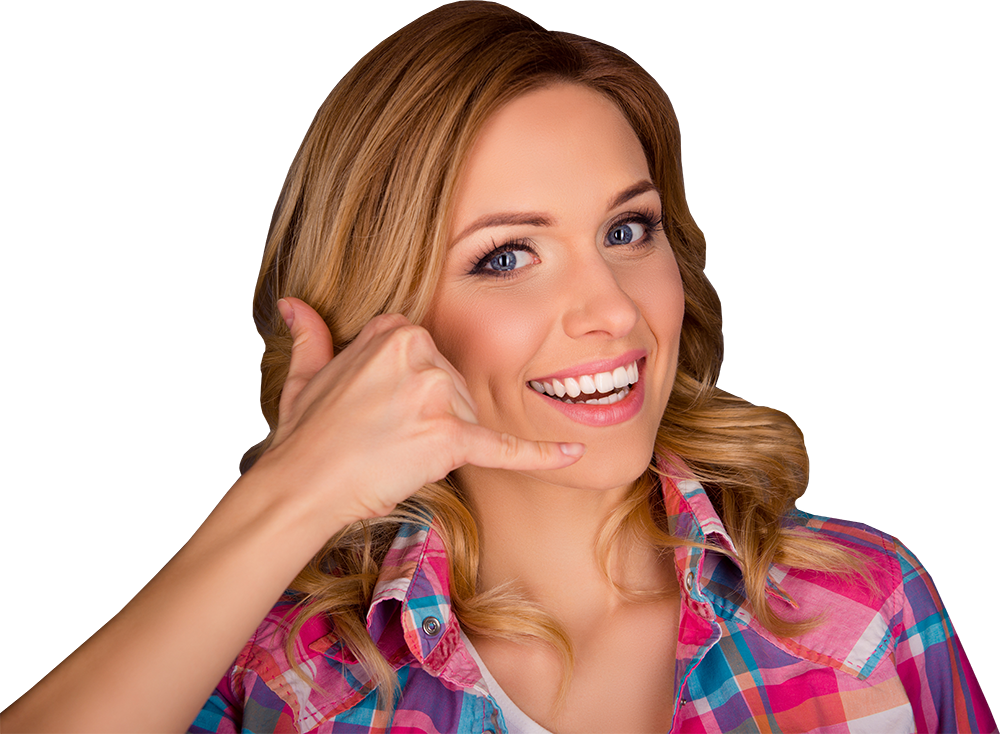I LOVE my tech (technology). I love my iPhone and all the things that I can do with all of it. It’s incredible.
What I don’t like is the problems that it creates in our bodies. Tech neck is the effect or secondary condition of a primary problem – AHS (Anterior Head Syndrome).
In a normal spine, the head should align directly over the spine. In this position, the head is directly over the body’s center of gravity. The head is supported by a c-shaped curve formed by the vertebral bones in the neck. This curve acts as a shock absorber for our head with every movement we make. As a result of bad posture while sitting, standing, desk work, texting or using handheld devices, or because of an accident, or for any number of macro or micro traumatic reasons, a person’s posture will change such that their head is shifted forward from a neutral position.
For every one inch that your head shifts forward, the weight of your head doubles. This shift in head position means that the muscles of your neck and your upper back will need to work harder to hold your head up. This can cause neck and back pain, and muscle fatigue. Research has shown that blood flow through a muscle decreases as contraction increases, and is virtually cut off at 50-60% of continuous maximal contraction. Lack of blood flow results in buildup of lactic acid and other metabolites that cause muscle pain and soreness. If you find your upper back muscles fatigued and sore, with massage and only get temporary relief, then you may have Anterior Head Syndrome.
Anterior Head Syndrome can lead to many different conditions like temporomandibular joint dysfunction,
headaches, spinal decay, sinuses issues, dizziness, upper back pain, and so much more.
Tech Neck Awareness Month
One of the biggest concerns that NeuroStructural chiropractors have is that we are seeing AHS occurring in children and teens at alarming rates. We are seeing spinal decay in teenagers that we would see in sixty year olds. Take a look around at the school yard or mall, you’ll notice the rounded shoulders, head forward and lack of muscle tone in the upper and middle back. Our children are aging faster than ever as a result of the use of technology.
So how do we keep ourselves and children safe, but still enjoy the use of technology?
Easing Your Tech Neck
Click on the image below to join our 30 Day Posture Reform Challenge!
 Dr. Craig Hazel’s mission is to help families THRIVE. After graduating from Queen’s University with a Bachelor of Science and a Bachelor of Physical and Health Education, he went on to earn a Doctor of Chiropractic degree and a Bachelor of Science in Anatomy from Parker College of Chiropractic in Dallas Texas. He is passionate about seeing children and families in his private practice at Synergy Chiropractic in Kanata Ontario. A sought after speaker, he has been featured regularly on TSN Team 1200, CTV and Rogers TV. He is also the Chairman of the Alliance for Chiropractic of Ontario.
Dr. Craig Hazel’s mission is to help families THRIVE. After graduating from Queen’s University with a Bachelor of Science and a Bachelor of Physical and Health Education, he went on to earn a Doctor of Chiropractic degree and a Bachelor of Science in Anatomy from Parker College of Chiropractic in Dallas Texas. He is passionate about seeing children and families in his private practice at Synergy Chiropractic in Kanata Ontario. A sought after speaker, he has been featured regularly on TSN Team 1200, CTV and Rogers TV. He is also the Chairman of the Alliance for Chiropractic of Ontario.

